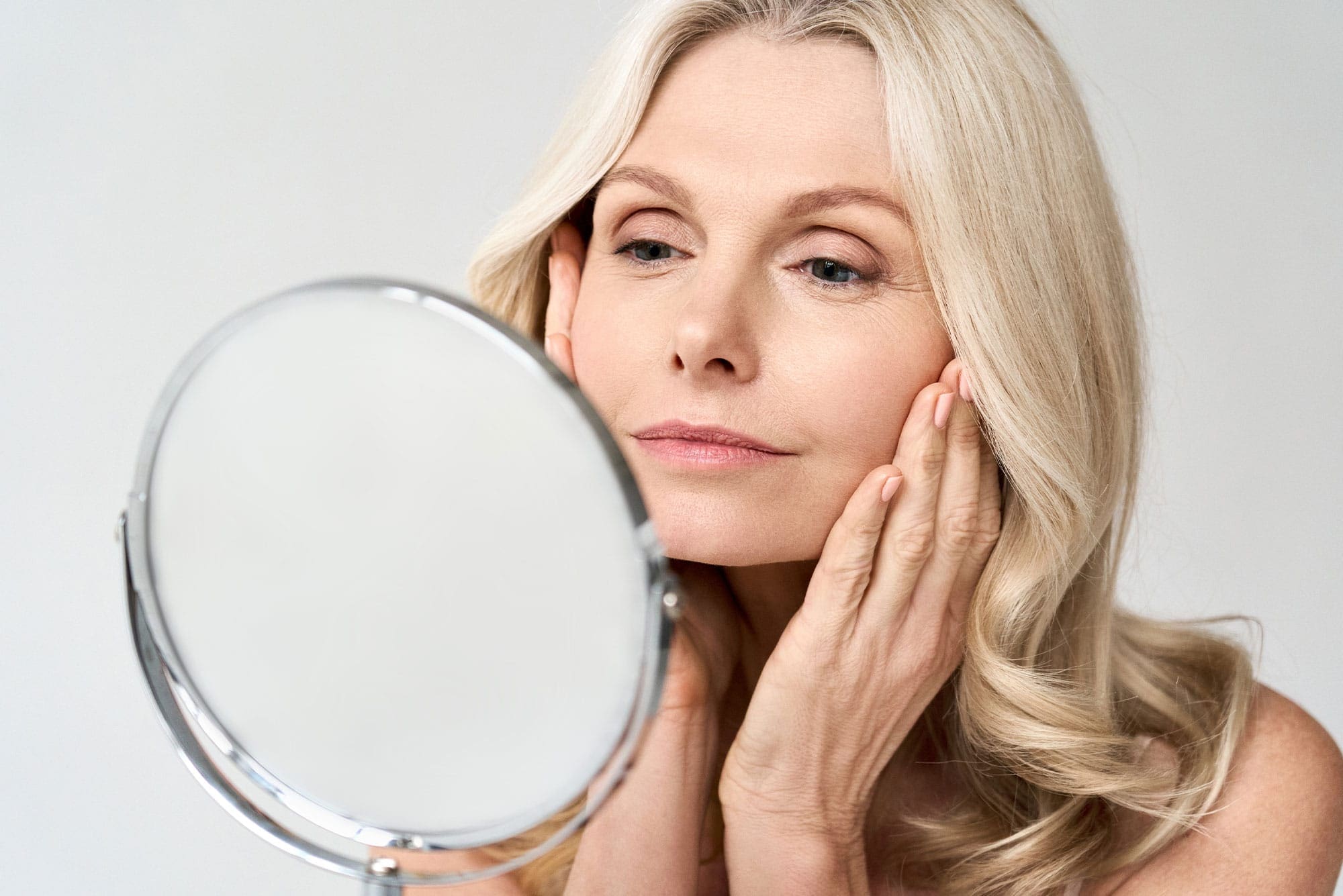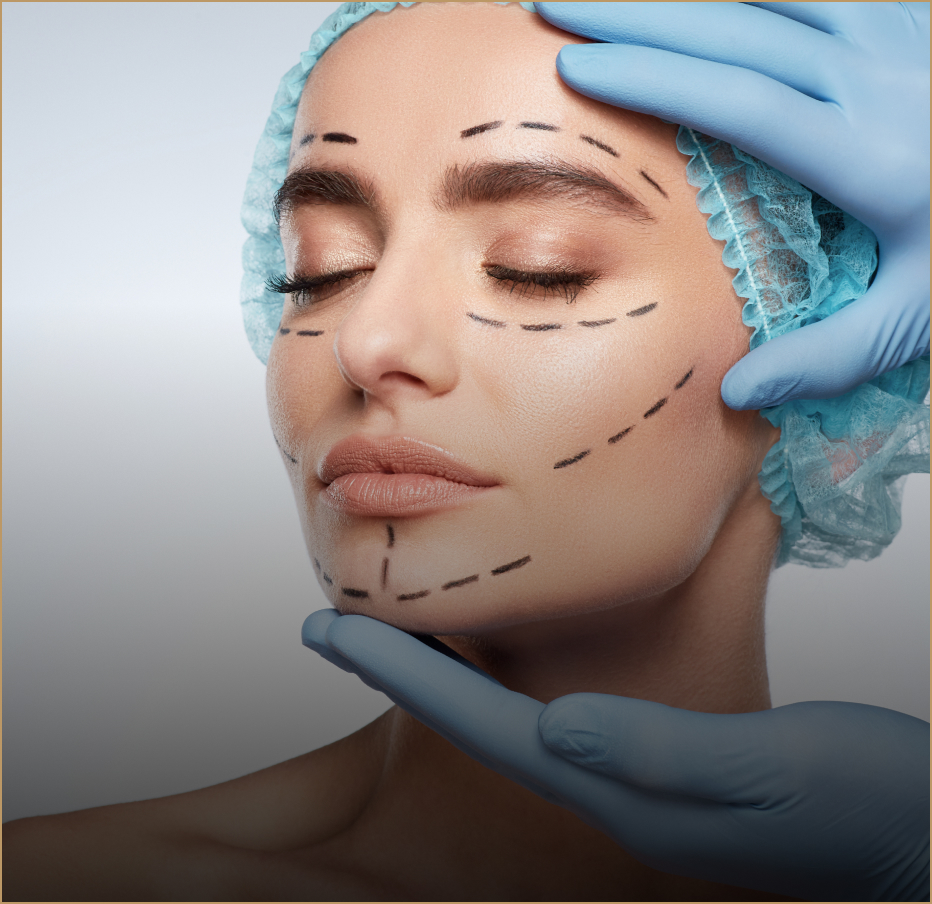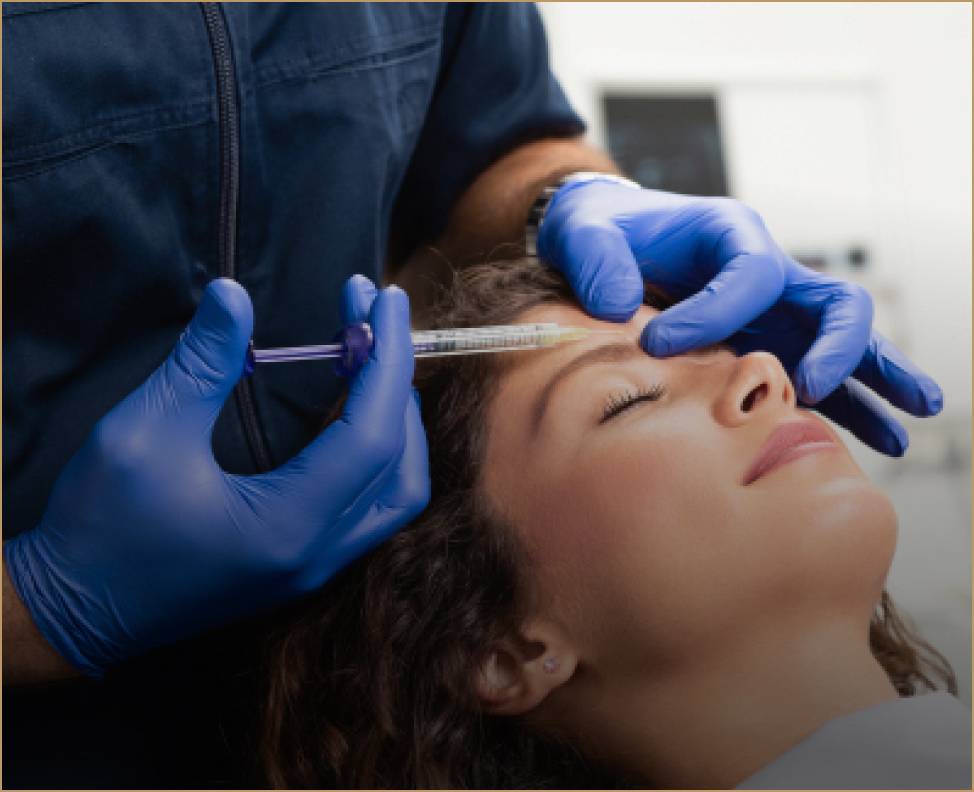Retinoids, ingredients made from vitamin A, are powerhouses when it comes to improving the look of your skin. You’ll find retinoids in skincare products designed to fight acne, reduce the look of wrinkles, and ease discoloration.
There are different types of retinoids out there. The ingredients vary in strength and purpose. Usually, a prescription-strength product you get at a medical spa or from a doctor will be more powerful than the retinoids found in an over-the-counter lotion you purchased at a drugstore or cosmetics counter.
What is Retin-A?
Retin-A is a topical medication available by prescription only. It’s derived from vitamin A and can be used to improve the appearance of the skin. It treats the outer layer of the skin, causing shedding and exposing more beautiful, smoother, and better-pigmented skin. It also treats your skin below the surface, causing epidermal cells to replicate more quickly. It also spurs collagen to firm the skin and reduce lines and wrinkles.
What Is Microdermabrasion and How Does It Benefit Your Skin?
Microdermabrasion is a non-invasive skin rejuvenation treatment designed to improve skin texture and appearance. Blackheads, uneven skin tone, and moderate acne scars can all be less noticeable by exfoliating the outer layer of dead skin cells.
Additionally, this treatment can make the skin appear smoother and more balanced by controlling excessive oil production and softening fine wrinkles. Since it is less intense than laser resurfacing or other aggressive procedures, microdermabrasion is an excellent option for those noticing the early signs of aging and looking for a gentle yet effective way to refresh their complexion.
Can I Undergo Microdermabrasion, or Do I Need to Be off Retin-A First?
As long as the Retin-A is not irritating your skin, you can safely undergo a microdermabrasion while still using that product. In fact, the majority of our patients that we see for skin care are on Retin-A virtually daily. Suppose the concentration is appropriate for their skin type. In that case, they should not have any significant skin irritation; therefore, these patients can undergo routine microdermabrasion regularly.
Understanding Retin-A and the Power of Retinoids in Skincare
Retin-A is one of the most well-known retinoids, a class of vitamin A derivatives widely used in dermatology for their anti-aging and acne-fighting benefits. Retinoids, including Retin-A (tretinoin), adapalene, and retinol, work by accelerating cell turnover, promoting collagen production, and preventing clogged pores. These properties make them highly effective for treating wrinkles, hyperpigmentation, acne, and overall skin texture concerns.
Types of Retinoids You Should Know About
Although they all come from vitamin A, not all retinoids are alike. Some are derivatives of retinoids and are less effective. Retinol derivatives, which go by names such as retinyllinoleate and retinyl acetate, are very weak and won’t give you the results you’re most likely after.
Prescription-strength retinoids, such as tretinoin and tazarotene, contain retinoic acid, which encourages the growth of healthy, new skin cells and sloughs off dead cells. Retinol, a slightly weaker form of retinoid, is found in many nonprescription products.
It’s not pure retinoic acid. Instead, when you apply a product containing it, your skin converts the retinol into retinoic acid. Retinol is effective but takes longer to work than prescription retinoids.
What Retinoids Do
Retinoids offer a lot of benefits for your skin, which is why many doctors recommend using the ingredient. One of the big benefits of retinoids is that they reduce the appearance of wrinkles. The ingredient does this in several ways. It helps improve the production of collagen in the skin, which makes it plumper, firmer, and smoother. Retinoids also make the dermis thicker, which reduces the depth of wrinkles.
The ingredient helps reduce areas of uneven tone or the look of dark spots, too. Retinoids encourage cell turnover, which reduces the look of dark spots. They also slow the production of the pigment responsible for discoloration.
Retinoids can also help people who suffer from acne. Since the ingredients help encourage cell turnover, they reduce the chance that pores will become clogged. A cream containing a retinoid can also reduce your chances of developing scars from acne or minimize the look of scars.
Sun Concerns when Undergoing a Retinoid Treatment
It was once thought that retinoids made the skin more sensitive to sunlight, meaning it would burn more easily if you wore a product that contained retinoids during the day. However, it turns out that the ingredient itself is sensitive to the sun and will break down if exposed to light. That’s why products that contain it are packaged in opaque containers.
You should still wear sunscreen when you use a product containing a retinoid and when you use other products, as sunlight plays a major role when it comes to the signs of aging. It’s still also recommended that you use the product at night for best results. Sunlight will reduce its effectiveness; it just won’t make the ingredient damage you.
Precautions When Using Retinoids
There are a few precautions to be aware of when using a retinoid or when deciding between a prescription-strength or over-the-counter product. Pregnant women or women who are breastfeeding usually shouldn’t use retinoids.
It’s usually recommended that you start with a small amount of retinoid and build your way up. At first, the ingredient can cause irritation, make your skin red, and lead to flakiness and peeling.
Because of this, it is recommended that you start using it every other day or once every three days then later advancing to every day. Starting with an over-the-counter product that contains a weaker retinol, then switching to a prescription-strength product later might also be ideal.
Avoid stacking ingredients when you use a retinoid. Combining a product that contains retinol or a retinoid with one that contains sulphur, glycolic acid or salcyclic acid usually leads to skin irritation.
Waiting for Results After Retinoid Treatments
Patience is key when using a retinoid. You won’t get the instant result that you get from an injectable wrinkle filler, for example. If you’re using a drugstore or department store product, you might want to ignore any claims on the bottle that say it will show results in four weeks or so. It’s common for retinol to take up to 12 weeks to produce visible results.
Combining Microdermabrasion and Retinoids for Optimal Skin Health
Retinoids, such as Retin-A, and microdermabrasion are effective methods for producing cleaner, smoother, and younger-looking skin. While retinoids speed up cell turnover, increase collagen formation, and lessen acne and pigmentation, microdermabrasion softly resurfaces the skin, assisting in the removal of dead cells and improving texture.
When used correctly, these treatments can complement each other, but proper skin care and timing are essential to prevent irritation. If you’re using Retin-A or other retinoids, consult with a skincare professional before undergoing microdermabrasion to ensure your skin is in the best condition for treatment.
With the right precautions, staying consistent, and allowing time for results, you can maximize the benefits of both microdermabrasion and retinoid therapy—helping you achieve healthier, more radiant skin in the long run.









